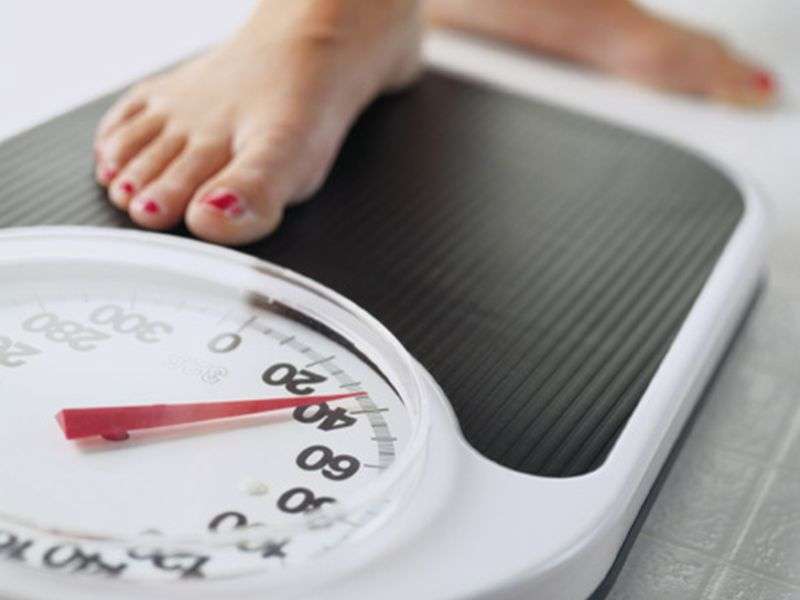(HealthDay)—Here's yet another reason to get off the couch: Inactivity is associated with greater risk of prediabetes, even for healthy-weight adults, a new study finds.
University of Florida researchers said the finding may help explain why up to one-third of slim American adults have prediabetes—elevated blood sugar but not full-blown diabetes.
"We have found that a lot of people who we would consider to be at healthy weight—they're not overweight or obese—are not metabolically healthy," said lead investigator Arch Mainous III. He's chair of health services research, management and policy in the university's College of Public Health and Health Professions.
Mainous and his colleagues analyzed data from more than 1,000 people, aged 20 and older, in England. All had a healthy weight and no diagnosis of diabetes. Those with an inactive lifestyle were more likely than active people to have a blood sugar level of 5.7 or above, which the American Diabetes Association considers prediabetes.
About one-quarter of all inactive people and more than 40 percent of inactive people 45 and older met the criteria for prediabetes or diabetes, according to the study.
The study doesn't establish a direct cause-and-effect relationship. Still, these inactive people may have unhealthy "normal-weight obesity or 'skinny fat,' "—a high proportion of fat to lean muscle, the researchers said.
"Our findings suggest that sedentary lifestyle is overlooked when we think in terms of healthy weight. We shouldn't focus only on calorie intake, weight or [body mass index] at the expense of activity," Mainous said in a university news release.
Because prediabetes increases the risk of diabetes and other health problems, the study adds to growing evidence that inactivity poses a risk to health, the researchers explained.
"Don't focus solely on the scale and think you're OK. If you have a sedentary lifestyle, make sure you get up and move," Mainous said.
The study results were published online Jan. 19 in the American Journal of Preventive Medicine.
More information: The U.S. National Heart, Lung, and Blood Institute offers a guide to physical activity.
Journal information: American Journal of Preventive Medicine
Copyright © 2017 HealthDay. All rights reserved.





















